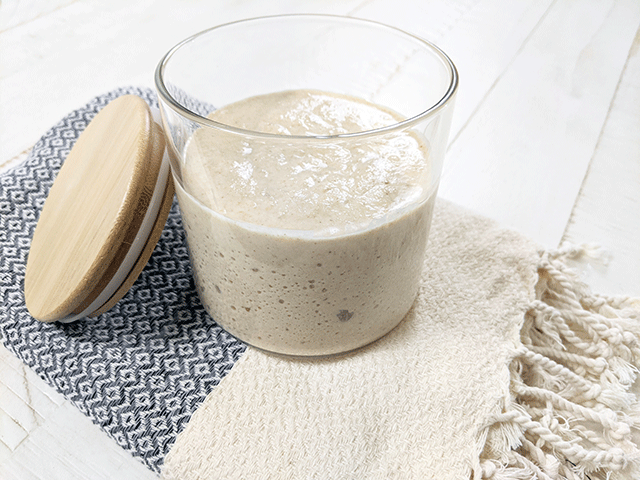
Many bakers know that the secret to artisan bread is a strong, active sourdough starter. But sourdough starters can seem fickle at times.
Experts recommend feeding a starter twice daily. And at each feeding, you hold onto 1/2 cup of your original starter, discard the rest, and then add its same weight in water and flour.
With this schedule, you’d discard almost a cup of sourdough starter every day. While a cup might not seem like a lot at first, it can quickly add up. And if you don’t bake often, that discard will end up in the trash.
Do you really need to discard sourdough starter daily?
Well, that depends on a few factors.
How Often Do You Bake?
I don’t run a bakery at my house, and my family is fairly small. Even though I bake regularly, I couldn’t possibly use a cup of sourdough discard on a daily basis.
To minimize waste, I keep much smaller amounts of my sourdough discard. Instead of 1/2 a cup twice daily, I only feed my starter 1/4 cup once in the mornings. This ensures I have a constant supply of sourdough starter when I need it. Unfortunately, it is also means my sourdough starter is slower and less active as a result.
If you don’t want to discard sourdough starter daily, scale back your feedings by 1/4 cup amounts. Still feels like you’re baking too much? You can further reduce your feedings to a weekly basis if you keep your starter in the fridge rather than on the countertop.
What Do You Want to Make?
Sourdough starters require regular feedings to stay active. If you don’t get rid of the excess, eventually you’ll have more starter than your feedings can sustain. After a few days, your daily 1/4 cup flour and water won’t be enough to sustain your entire jar of starter, and your starter will be slow and sluggish, not much better than discard itself.
But that’s not necessarily a bad thing, depending on what you want to bake with it.
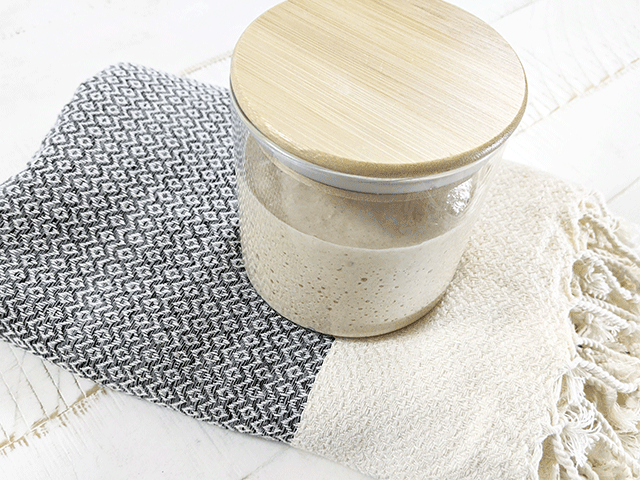
Although you need an active, well-maintained starter for certain artisan breads, you can still make tasty bread with a sluggish, slow starter so you don’t have to discard sourdough starter daily.
In fact, many of my favorite sourdough bread recipes use discard for flavoring to give bread that classic tang. To get a better rise in the oven, these recipes combine sourdough discard with commercial yeast. No need to worry about timing your baking with your starter feedings.
7 Sourdough Discard Bread Recipes
If you have a new starter or if you struggle to maintain your current starter, I recommend the following sourdough recipes. These recipes make beautiful bread with a combination of discard and commercial yeast, making them a great option for beginning bakers. When you opt for recipes like these, you can discard sourdough starter daily without waste.
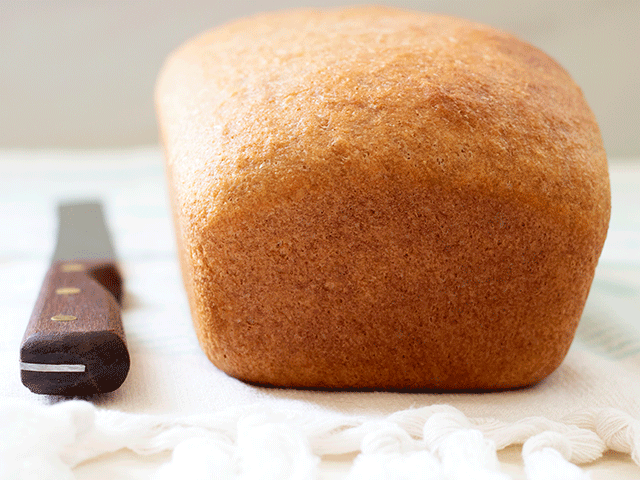
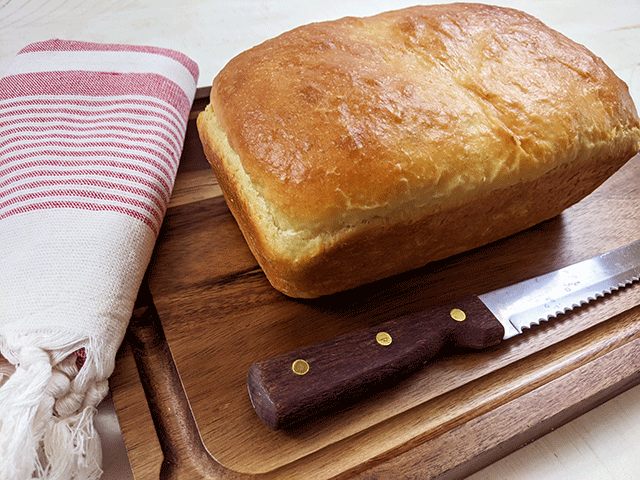
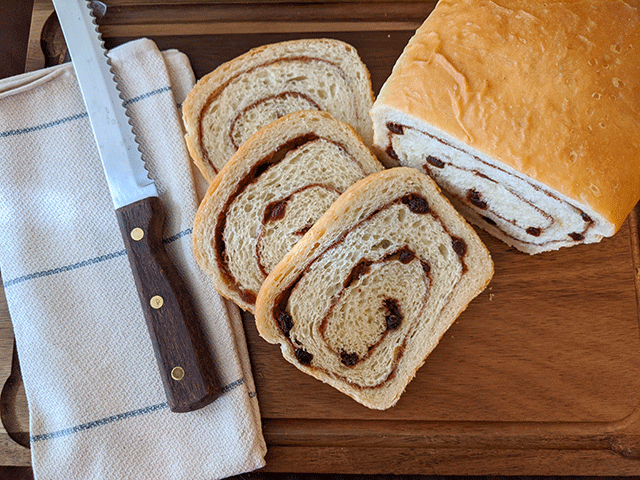
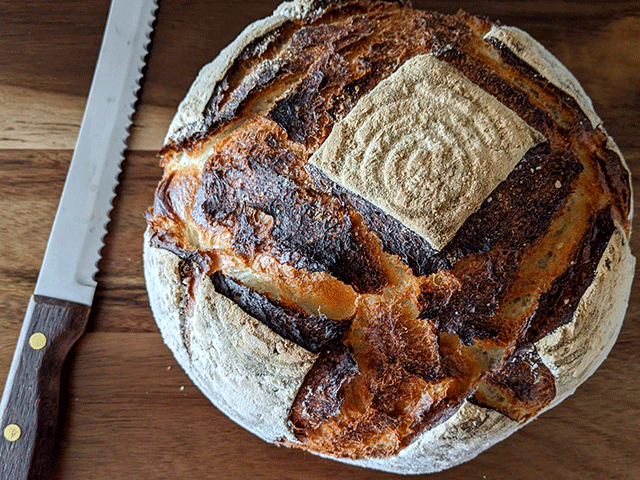
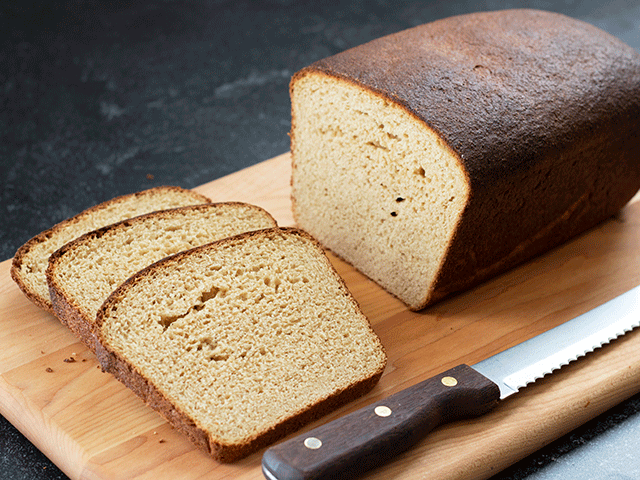
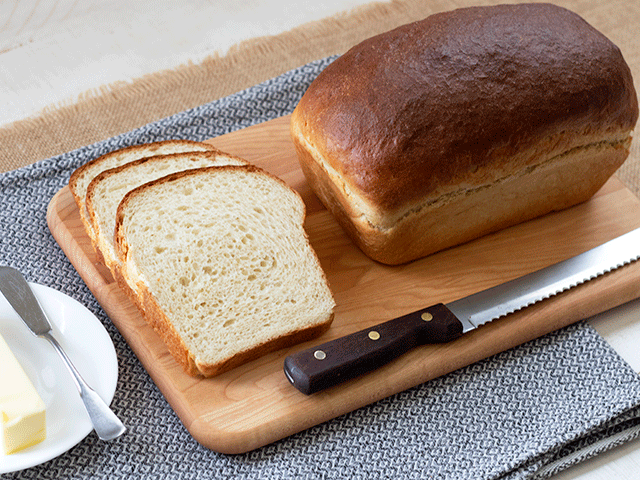
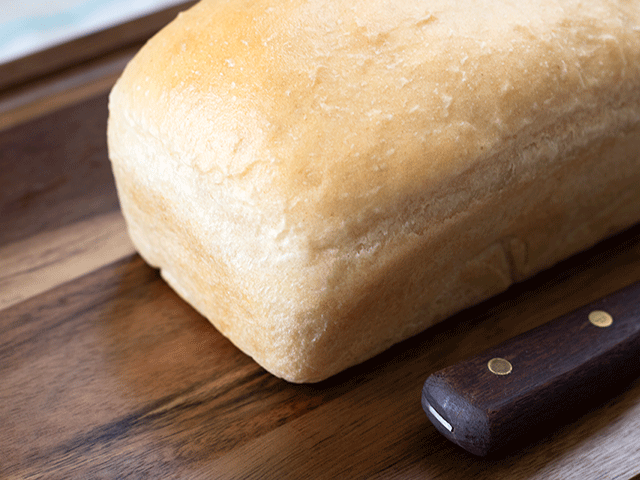
7 Sourdough Discard Recipes That Aren’t Bread
I love bread. I absolutely love it. And I definitely make a lot of it because of how much I love it.
But even I get a little bored with the same recipes day in and day out. If you want to discard sourdough starter daily and minimize waste, give these fun recipes a try.
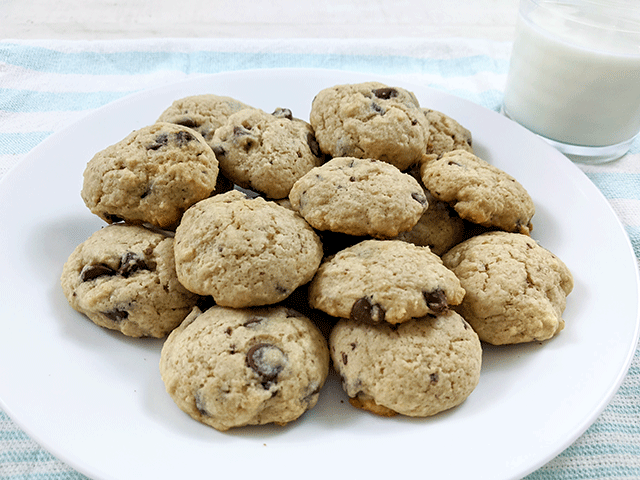
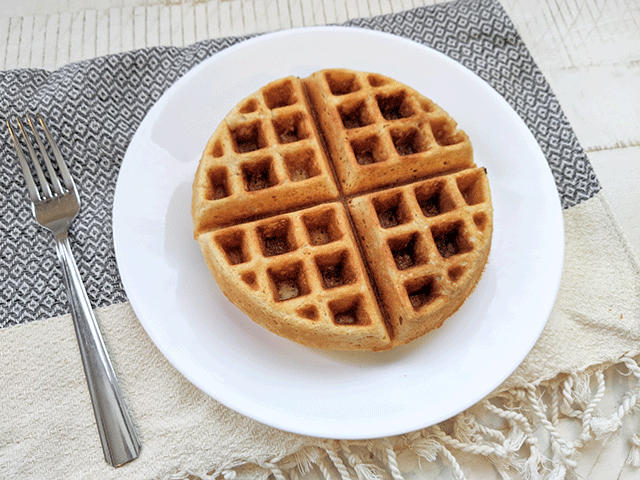

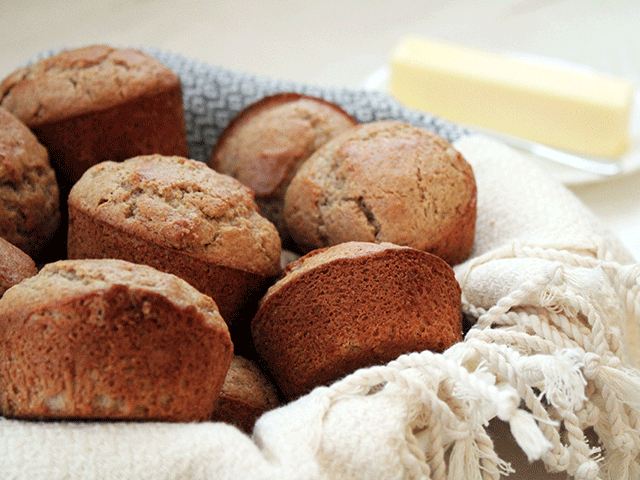
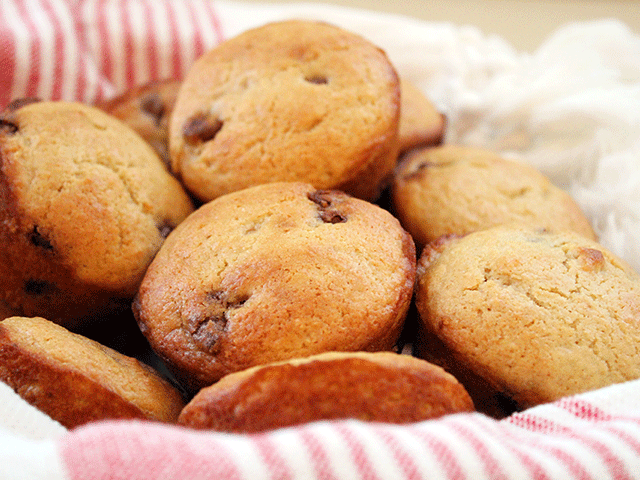
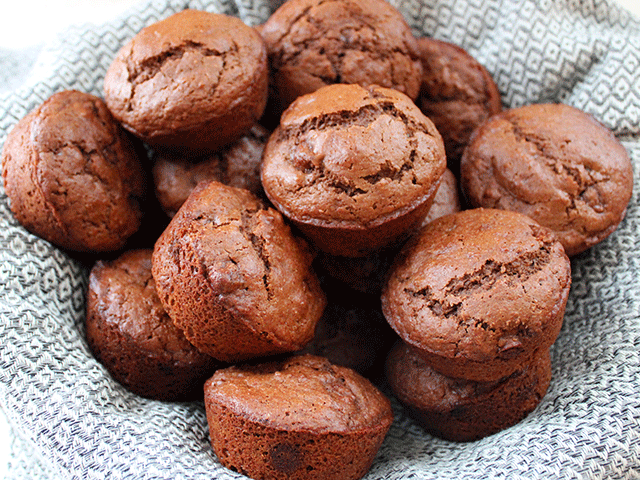
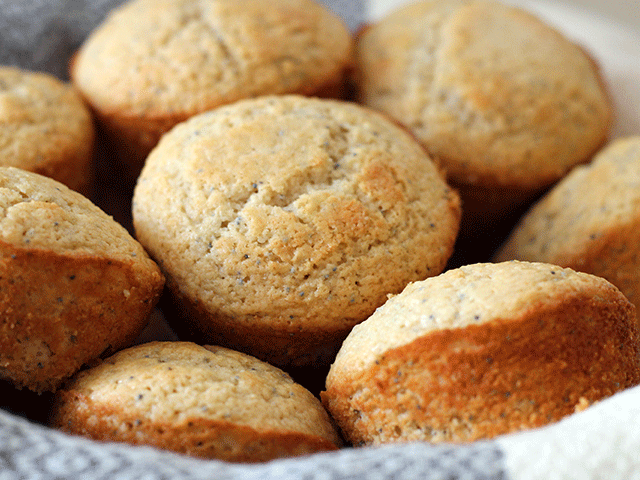
My Secret for Baking With a Slow Starter
Sourdough discard recipes are a great way to bake with a slow and sluggish starter. You don’t have to worry about timing, and you can still enjoy that sourdough tang.
But what if you want to make naturally leavened artisan bread? Should you still discard sourdough starter daily?
Let me tell you my little secret: No. You don’t have to discard your starter every day.
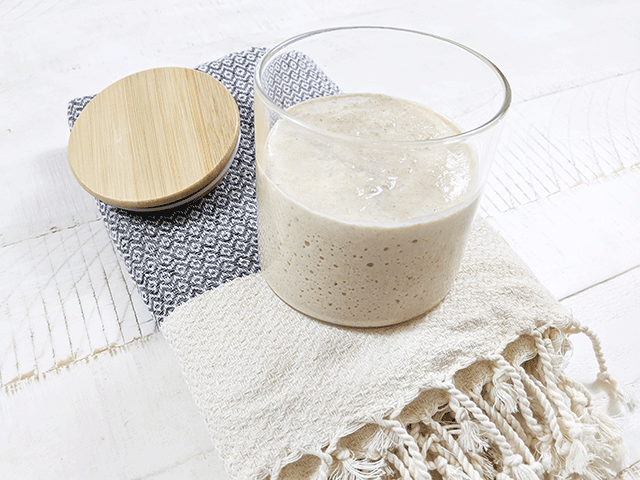
In case you didn’t see my White, Wheat, and Rye Artisan Sourdough Bread Recipe, you may want to check it out. In that particular recipe, I make a levain with my starter the night before I mix my bread.
To make the levain in that recipe, I take 3/4 of a teaspoon of my starter and combine it with 1/4 cup flour and 1/4 cup water and set it aside. This essentially mimics feeding an active starter, as you’re giving a small amount of starter a large amount of food.
By the time morning rolls around and I’m ready to mix my dough, I have an active, bubbly starter that’s ready to go. I’ve successfully used this technique with multiple artisan bread recipes and my bread has still risen beautifully.
Do You Have Suggestions?
You don’t have to waste flour on a daily basis if you want to maintain a sourdough starter. By adjusting how much you feed your starter and by choosing discard recipes, you don’t have to discard your sourdough starter daily.
However, I realize that my recipe list is still somewhat small and limited. Do you have a favorite sourdough discard recipe that you don’t see here? Feel free to submit a recipe of your own, and I’ll share it on my site! Or tell me about what you do with your starter discard in the comments below.

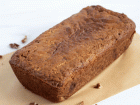
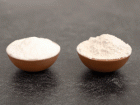

What am I missing here? If you only keep 1/2 cup of starter before each feeding and add 1/2 cup water and 1/2 cup flour… how will ai ever have 2 cups of starter for a loaf of bread? I will have tons of discard, but how do I build up to 2 1/2 cups of starter so I can use 2 cups and still have starter left to feed?
Okay, so there’s a few things to this question: First, 2 cups for a loaf of bread is a LOT of starter. I’ve only ever needed about 1 cup discard (not active starter) to make my more popular sourdough discard loaf. Most of my sandwich bread loaves only need about 1/2 cup starter (fed or unfed or discard), and most of my artisan loaves only need about a teaspoon of active starter to make a levain. However, my older pain de campagne recipe does use about 1 1/3 cup starter, so I can see that being a requirement for some recipe out there online.
That said, if you want a lot of active starter, you’ll just need to feed it more than you discard to build it up. In my article, I talk about how I don’t discard any of my starter. I just keep adding to it 1/4 cup flour and 1/4 cup water every day. No discard. Then every few days I bake about 1 cup’s worth of starter and repeat. By the day I bake, my starter isn’t as active as it is the first day after a feeding, but it still gets the job done.
In your case, you’ll probably want to bump up the amount of starter you feed it each day so the amount of food that goes in is enough to sustain the starter that’s already there. For example, let’s say you have your 1/2 cup starter. On the first day, you feed it 1/2 cup flour and 1/2 cup water. You now have 1 cup starter total now – it should get nice and bubbly thanks to your feeding. Now you have a choice: you can either discard some of it and keep feeding the same amounts you always do and you’re left with the same amount of starter you always have. Or you can keep all of it to build it up.
However, 1 cup of starter needs more food and water to sustain itself than 1/2 cup starter needs. If your goal is to build an active, bubbly starter, you’ll need to feed it even more the next day to keep it as bubbly as when it was just 1/2 cup. So, maybe on day 2, you feed your starter 1 cup flour and 1 cup water, you now have 2 cups starter. By day 3, you feed your starter 2 cups flour and 2 cups water, and now you have 4 cups of starter to work with – which is more than you need to make your bread.
And just for a little extra clarity: sourdough discard is sourdough starter that just hasn’t been fed enough. Discard and regular starter both have the same yeasts for baking bread. If you feel generous, you could even give your discard away to friends, tell them to feed it, and it would work just as well as your original starter. I hope that helps.
Thank you SO much for all this clarity! I appreciate so much all the time you took to help me understand!
You are so welcome! I’m sorry my response was just so long. If you have any other questions, just let me know. I love helping 🙂
However, my older pain de campagne recipe does use about 1 1/3 cup starter, so I can see that being a requirement for some recipe out there online.
What are the ingredients for this this recipe ?
Hey Patti! I’d love to share my pain de campagne recipe with you.
I’m still confused and not sure why I am making this so difficult. To get a good starter you discard so you don’t have to put in lots of flour and water at each feeding? How do the people I see with pictures of large containers with what appears to be overflowing starter? Are they feeding like 400 gms of water and flour to keep that big? I think I need to stay on a small scale lol
A well fed starter can easily double or even triple in size when at its peak. But yes, some people do feed their starters a lot and they have to discard a lot on a daily basis to keep it going. This is fine if you make a lot of sourdough bread daily, but I don’t have the time, energy, or resources to so the same. I agree a small scale starter is the way to go.
Jenni,
Help please. I see you write 1/2 cup flour 1/2 cup water. But by weight it’s more like 1/2 cup flour 1/4 cup water.
Which is best?
Can you send me a couple recipes directly.
Hey Peter, I’m sorry for the confusion. You’re right about the weight difference. It’s usually better to go equal parts by weight. I tend to to feed mine about 40 grams water and 40 grams flour. As far as sending you recipes, I’m not sure what you want specifically? This post already links to quite a few discard recipes. If you want to browse my site, just go to the navigation bar under “by the flavor” and pick “sour” for all my sourdough recipes.
I have a suggestion. If you already have a healthy and active starter, you don’t need to keep and feed it’s actual weight. I’ve been making bread with gifted starter since May 2020 and at first was overwhelmed with feedings and discard. And knowing the weight of the starter to add as much flour and water… Then I found a post on “Bake with Jack” that changed my game, the scrapings method!
I keep 30 to 50 grams of 100% hydration starter in the back of my fridge all the time, then pull it out every week or two, feed it exactly the amount of flour and water needed for my recipe (if 150 grams starter required, 75 grams flour, 75 grams water), let it become active 8 to 12 hours (depending on kitchen temp), use the 150 grams, and back the jar goes into the fridge with the 30 to 50 grams remaining. I’ve used this method to make up to 400 grams of starter (albeit has to be in 2 jars)! Works great for me!
This is an absolutely fantastic method! Thank you so much for this pointer. I really appreciate the advice.
Thanks for the awesome advice but I’d like to know, why do you need 2 jars?
I just went and watched the YT video of Jack explaining this method. Very impressive. This method will work well for me, as I only need to bake about one loaf a week. This will save me from feeding my starter daily, even though I’m not using it. Thanks for sharing this wonderful information.
After I made my starter which took about ten days to get actively bubbling… Then after experience I want 20% sourdough starter. So to the leftover scrapings in the jar of the starter I previously used (which I store on the fridge) I add 50ml of water (which I left standing 24hrs to evaporate off the chlorine from the tap) to the jar and close the lid. I shake the jar vigorously so that the water washes of the scrapings in the jar and turns white and the glass becomes somewhat washed. I then add 50g of flour. Mix in the jar with the back of a long thin spoon until thoroughly mixed and level it out in the jar so that it is more or less equally level. Put lid back on. I mark the height of the starter mix just at the level of the mix with a permanent or blackboard marker by rotating the jar with the pen fixed at the level. Then put it on a prominent shelf in the kitchen and wait 10 to 18hours and the starter will double or even triple in the jar. Then I use all 100g of starter in the dough recipe, of say 450g flour as the starter already has 50g of flour. I just leave the wet scrapings in the starter jar. I put lid back on and back into the fridge. I don’t feed it and just use scraping jar in say 2 or 3 weeks later. It still works fine.
To the dough I made I decide we’ll it was 500g flour and if I want say 70% hydration then that would be 350ml of water. But the starter already had 50ml of water, so I subtract that and add 300ml of water. This is 70% hydration dough. For 75% hydration I add (375ml less 50ml) 325ml of water, etc. I add 2% salt. So for 500g flour that is 12g.
I first pour the starter in the bowl, taking 100ml out of the starter jar (almost all of it – just leaving in the leftover scrapings). Then add the 300ml water (or 325ml) etc. Then I add the flour 450g and on top of that the salt. Mix thoroughly and let it autolyse for 1/2 hr before the stretch and folding 4x or so with 1/2 hour intervals. Then I let it ferment to the amount increase in size wanted…or not and go into the fridge to delay the ferment in the fridge… as per your recipe.
So really. I don’t feed my starter specifically anymore at all. I just use it every 2 or 3 weeks. Fires up every time. I’ve heard people leave it much longer, but have not tried so can’t say.
Wow! Thank you so much for your detailed response. That’s so incredibly helpful!
That did nothing but confuse the heck outta me. Helpful?
Help!!!! How do you make the sourdough starter???
How long before you can start baking?
Hey there Janine, I have a step by step guide for making a sourdough starter. You can start baking with it basic recipes after about a week, though the artisan loaves will need a stronger, older starter. Happy baking!
I have a question, the person I got the starter from did the measuring in grams. I have been trying to keep track of the grams I use by weighing everything first the measuring cup and then the cup with the starter and then deducting the cup alone from the combined measurement. And then when I feed the starter I’ve been trying to figure out what’s left in my container. And then adding the same grams of flour and she only suggested 85% of the starter in water. It has been a little confusing and I have lots of papers keeping track of my measurements lol. So I have a couple questions: according to your message earlier I could have just been doing the feeding by cups and not getting detailed with the gram measurements. Is that right? So today I knew I had to feed my starter cause it had been since Sunday. So I took out 1 1/2 cups of starter weighed it (490 g) so I added 490g of flour( which was just under 3C flour) and 417g of water into a new container. But instead I could have just done 1 1/2 C of each flour and water to starter instead of all the measuring? That would have been much easier lol.
My next question is the amount of starter remaining (discard) can I use that in discard recipes now or is it no longer good enough to use since it hasn’t been fed since Sunday?
I am loving this new journey of sourdough baking . I just don’t know if I’m over thinking everything.
I’m sorry for the long message.
Thank you
Rose
Beginner sourdough baker
Okay so these are very valid questions, and I want to say right off the bat that lots of different people take different approaches to sourdough. I’m not a professional, but I share what works for me personally at home.
Lots of people keep starters at different consistencies. When there is a lot more flour than water, it’s called a stiff starter. I tend to keep my starter at 100% hydration, and it’s called a liquid starter. It’s always equal parts water and flour so there’s no guess work about how much I’ve taken out or put in, the percentages remain the same. Both techniques work well at making bread rise, so it’s up to you how you maintain it, but I find there’s a lot less math involved when you keep your starter at 100%.
In general, I prefer to measure my flour and water by weight rather than volume for accuracy, as a cup of water weighs more than a cup of flour so it’s easy to get the portions off that way.
As for unfed discard, you can still use it in bread and it will lend quite a bit of flavor, just don’t count on it to rise well enough to manage an artisan-style loaf. If you look at my sourdough recipes, I’ll specify whether you can use active starter or discard in the ingredients sections. In fact, my most popular recipes use unfed discard. I hope that helps. Let me know if you have more questions.
I feel like I’m suddenly in a math class with a whole lots of story math problems!
We’re on day 6 and we’re still not totally sure we’re doing it right. Tomorrow morning we want to use the disca d for waffles!
Ugh I know what you mean. I hate all the math involved, but I end up doing a ton of it at the time. Part of the reason I made this blog was for my own benefit – that way I’d only have to do the math once and then my posts can keep track of the rest for me.
https://pin.it/6Pzit2qbc
These are the best waffles!
Thanks Brenda!
An experienced sour dough baker gave me a jar marked “discard”. She told me to add a cup of flour and a cup of water and grow active starter. I did that but it seemed watery and didn’t rise all week in the fridge. I now took it out and added flour to thicken it. It’s out in the counter and hopefully doubling in bulk. I tossed the bit of discard. (I now realize I shouldn’t have done that)
In the morning I guess I have to start a discard jar and remove 1/2 of the starter and feed it. (?) Then how much do I feed it? Do I weigh the starter that’s left in the jar first? Then what?
Yikes this is confusing.
I’m an experienced baker who has only made one attempt baking with sour dough during covid. I wasn’t successful.
Sourdough starter can seem intimidating at first, but it’s pretty easy once you get the hang of it. My starter is pretty old and reliable, so I only feed it 40 grams of water and 40 grams of flour every week. After about three weeks, I use 1 cup of it to bake something with it. Then I feed it and pop it back in the fridge. It sounds like your starter might be struggling a bit to find that comfy base line. So I recommend keeping your starter at room temperature and feeding it 40 grams of flour and 40 grams of water, and then baking with it when you’ve accumulated at least a cup of discard. Usually after about 3 days. Do this a few times until your starter rises predictably, and then you can slow things down in the fridge.